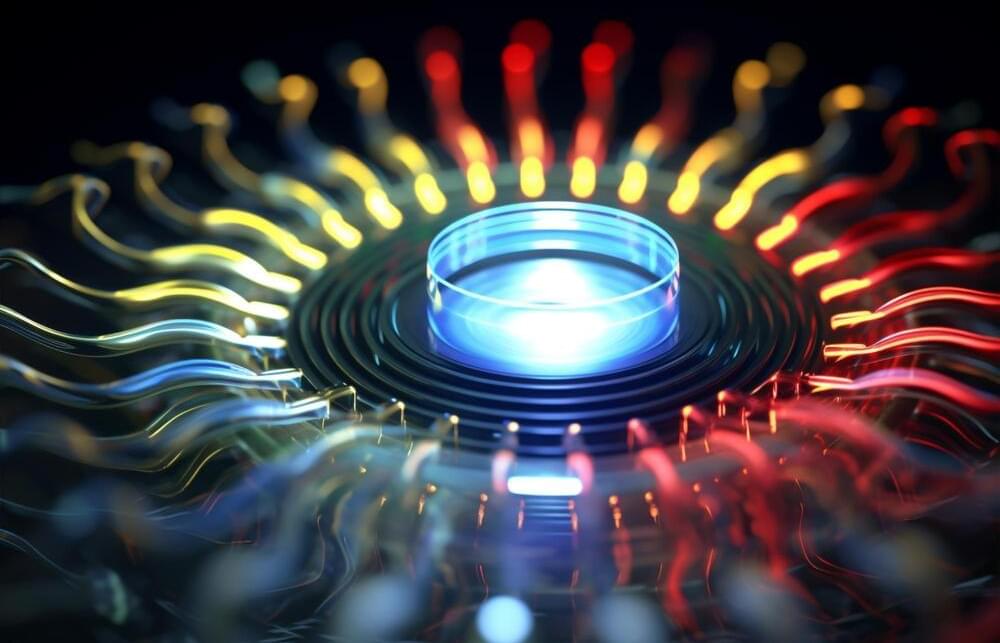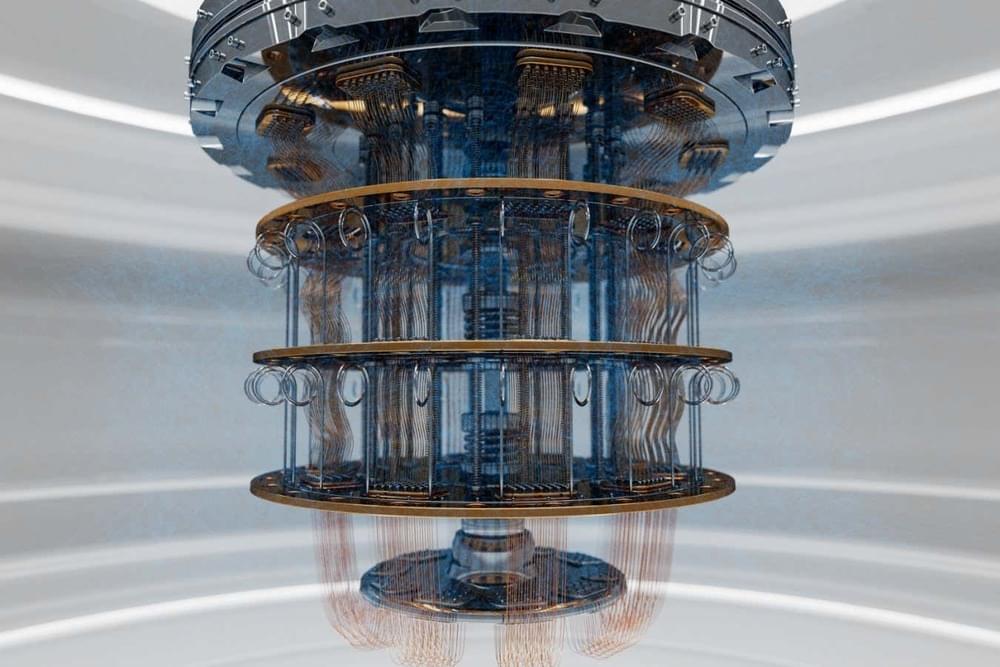Dec 21, 2023
A ghostly quasiparticle rooted in a century-old Italian mystery could unlock quantum computing’s potential
Posted by Cecile G. Tamura in categories: nanotechnology, quantum physics, robotics/AI
On the pursuit for anyons (Majoranas) in the context of the latest progress on multiple platforms.
Already, the graphene efforts have offered “a breath of fresh air” to the community, Alicea says. “It’s one of the most promising avenues that I’ve seen in a while.” Since leaving Microsoft, Zaletel has shifted his focus to graphene. “It’s clear that this is just where you should do it now,” he says.
But not everyone believes they will have enough control over the free-moving quasiparticles in the graphene system to scale up to an array of qubits—or that they can create big enough gaps to keep out intruders. Manipulating the quarter-charge quasiparticles in graphene is much more complicated than moving the Majoranas at the ends of nanowires, Kouwenhoven says. “It’s super interesting for physics, but for a quantum computer I don’t see it.”

















